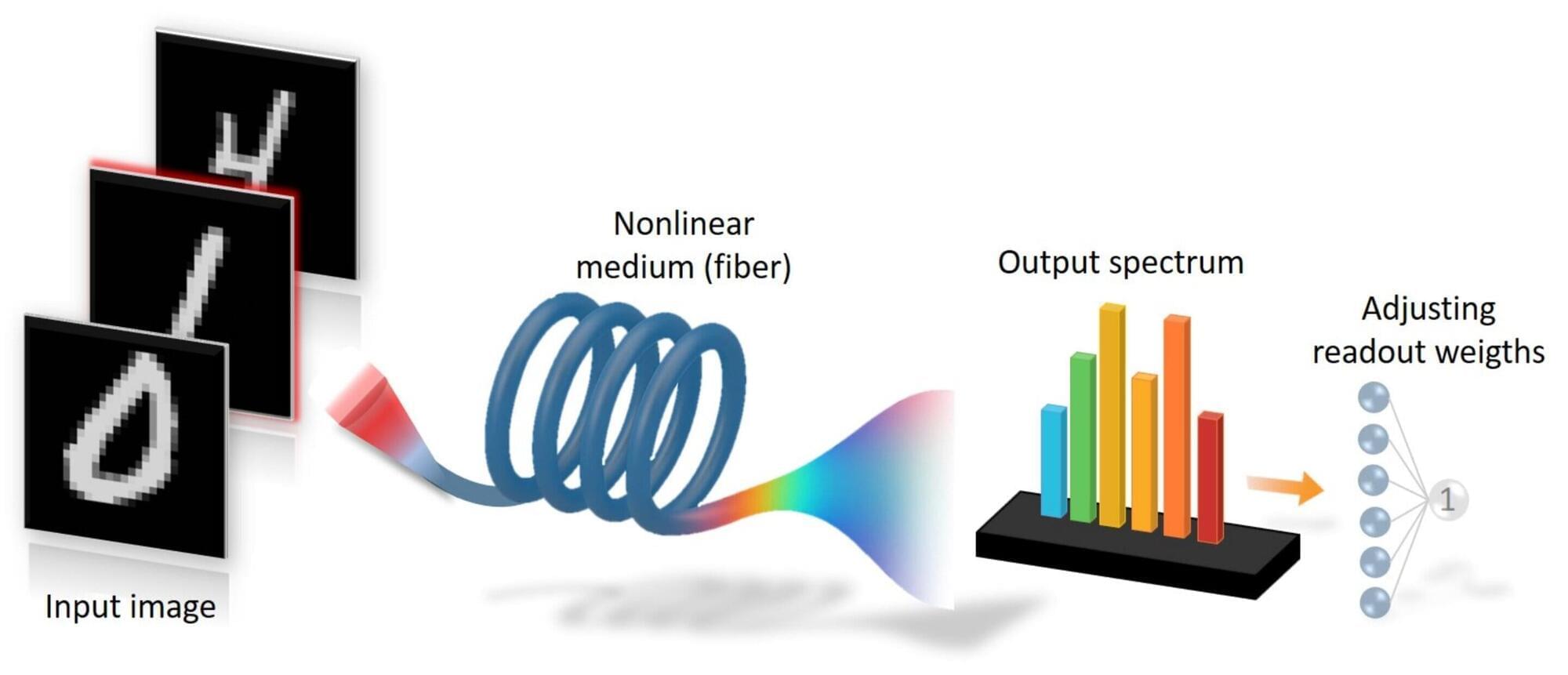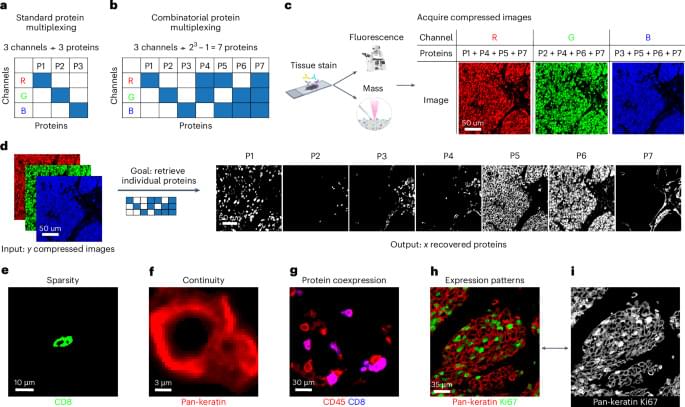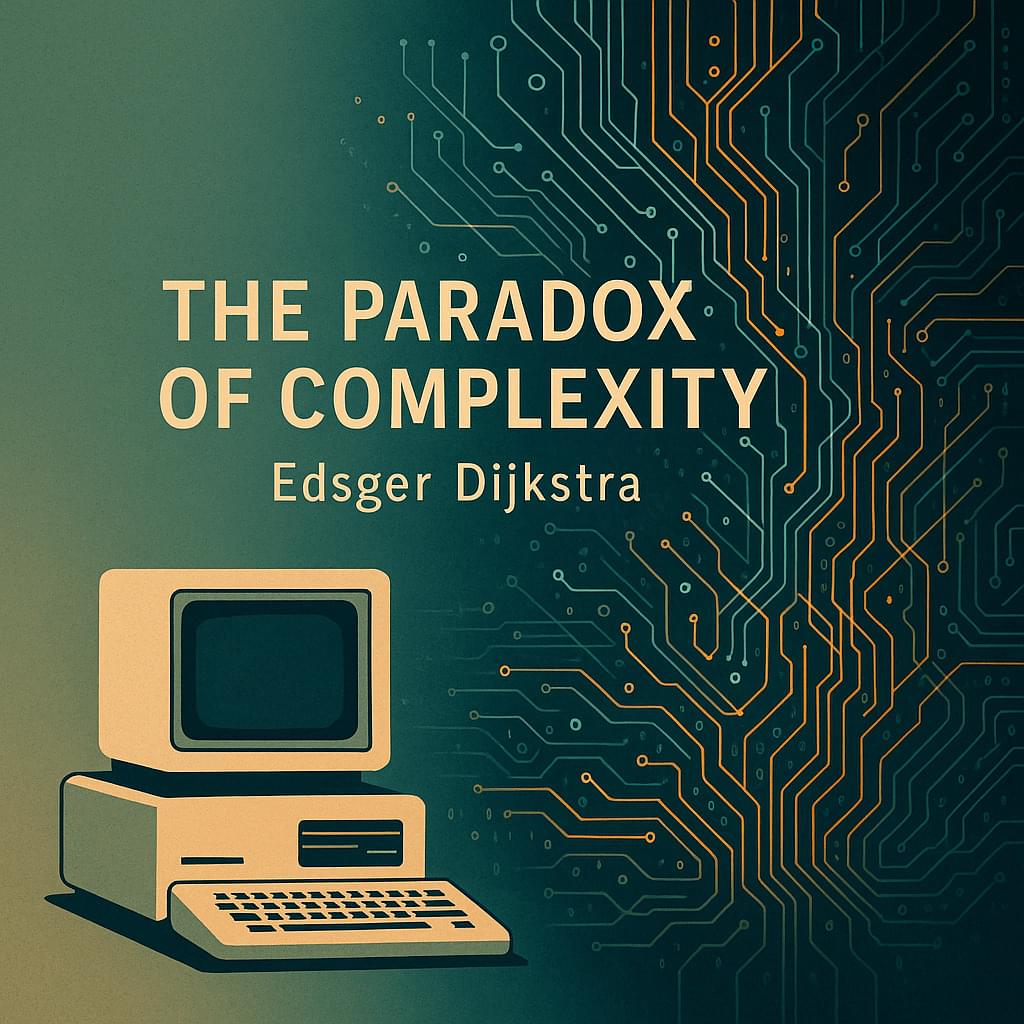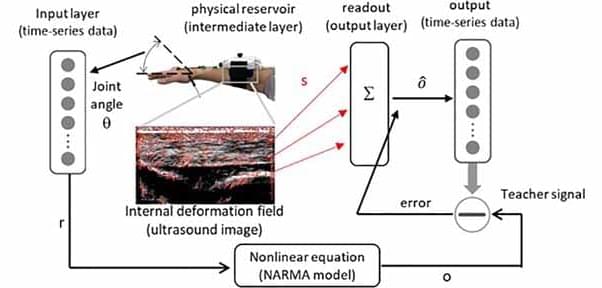The quantum physics community is buzzing with excitement after researchers at Rice University finally observed a phenomenon that had eluded scientists for over 70 years. This breakthrough, recently published in Science Advances is known as the superradiant phase transition (SRPT), represents a significant milestone in quantum mechanics and opens extraordinary possibilities for future technological applications.
In 1954, physicist Robert H. Dicke proposed an intriguing theory suggesting that under specific conditions, large groups of excited atoms could emit light in perfect synchronization rather than independently. This collective behavior, termed superradiance, was predicted to potentially create an entirely new phase of matter through a complete phase transition.
For over seven decades, this theoretical concept remained largely confined to equations and speculation. The primary obstacle was the infamous “no-go theorem,” which seemingly prohibited such transitions in conventional light-based systems. This theoretical barrier frustrated generations of quantum physicists attempting to observe this elusive phenomenon.






